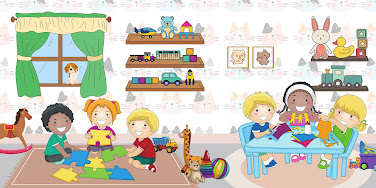What To Look For When Choosing A Daycare
An important starting point when investigating a facility, especially an institution that cares for a large number of children, is to find out if it is licensed. If so, you know the key providers (often the directors) have completed a minimum amount of training in early childhood development, education and/or care, often in a secondary institution. It is good to discover what training and experience the teachers and aides are required to possess before being hired, as these are the people who will often have the most hands on contact with the children on a daily basis. These individuals should also be trained in first aid and CPR, and familiar with emergency procedures should a situation arise.
The facility should have set policies in place for issues pertaining to the children themselves, and these should meet your expectations as well. A plan for emergency action should a child become injured should be in place, and able to be implemented immediately. Along with policies pertaining to emergencies, they should have a standard method of discipline for the children, as well as a procedure to be followed when such disciplinary actions do not yield the desired results. These should mesh well with your disciplinary actions at home to prevent confusion for the child.
Most daycares, whether institutional or in-home, will have a set daily schedule. It's good to discover that schedule, and ensure that your child will be able to follow it. Children should be allowed plenty of play time, as well as some structured activities to prevent the advent of boredom during the day. Naptime can often become a point of contention in a daycare situation; a good facility will have both a naptime for the children who continue to take naps and a "quiet time" for children who don't.
Potty training should also be addressed with any potential caregiver, particularly if your child is not yet out of diapers. Some preschool programs may require the children to be toilet trained prior to enrolling them or will charge an extra fee for having to change diapers. It is very important if your child is not yet potty trained to ensure that whatever facility you choose is willing and able to assist in teaching your child to use the bathroom.
The facility itself should be clean and childproof, with items such as safety latches on doors, gates on stairs and electrical outlet covers. In a private home, areas with fireplaces or wood stoves should be unavailable to children. There should be plenty of room for children to spread out and play, and areas that allow for physical activity both in and out of doors. Age appropriate toys should be available, as well as items such as cribs and highchairs for younger children. All such equipment should meet current safety standards, and a good provider should have an inventory of said equipment and toys and be on a constant look-out for safety recalls.
The most important thing to remember is any good facility will encourage you to come in, meet the staff and observe classroom interaction prior to enrollment. Follow your instincts on such visits; remember, no one knows your child like you do!




Comments
Post a Comment